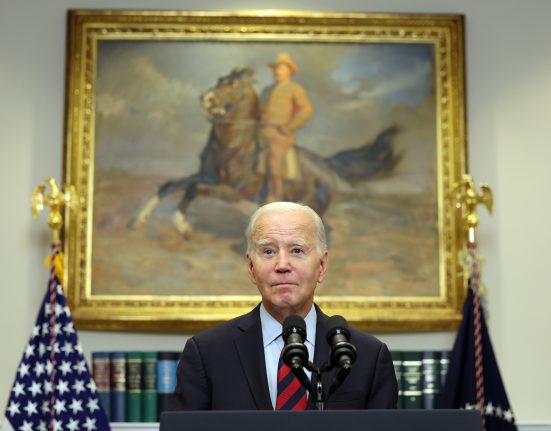Here is a headline you would have definitely come across in recent days: Smallcap funds see outflow for first time in 2.5 years.
Here is a headline you would have definitely come across in recent days: Smallcap funds see outflow for first time in 2.5 years.
Almost everyone in the media covered it. Using almost the same exact headline. In one instance, the 2.5 years was replaced by 30 months.
Premium benefits
35+ Premium articles every day
Specially curated Newsletters every day
Access to 15+ Print edition articles every day
Subscriber only webinar by specialist journalists
E Paper, Archives, select The Wall Street Journal & The Economist articles
Access to Subscriber only specials : Infographics I Podcasts
Unlock 35+ well researched
premium articles every day
Access to global insights with
100+ exclusive articles from
international publications
Get complimentary access to
3+ investment based apps
TRENDLYNE
Get One Month GuruQ plan at Rs 1
FINOLOGY
Free finology subscription for 1 month.
SMALLCASE
20% off on all smallcases
5+ subscriber only newsletters
specially curated by the experts
Free access to e-paper and
WhatsApp updates
Almost everyone in the media covered it. Using almost the same exact headline. In one instance, the 2.5 years was replaced by 30 months.
This was meant to be a big thing. After all, retail investors, who have been infatuated with small caps are finally starting to step back.
But then you step back and ask yourself, does an outflow of ₹94 crores (not a typo error), actually mean much given the total money under management in these funds is a cool ₹2,43,368 crores? Well, if you are an optimist, you could call this a start. If you are a realist, then, this is a joke. Not a headline.
By then it was clear that fund flows into smallcap and midcap funds was slowing sharply. But there was another emerging trend, which was worrying.
That was the enthusiasm for sectoral/thematic funds. Here’s a data point that should make you sit up and take note. In March 2024, when investors withdrew ₹94 crores from small-cap funds, they piled on ₹7,918 crores into sectoral and thematic funds! The worrying trend has taken hold. It’s as if the retail investor is saying… I am done with the excitement with small caps, give me something else now!
Anyway, back to the March 2024 numbers. Here’s an interesting data point. If you add up all the racy funds – dedicated midcap, dedicated smallcap, and the sectoral/thematic funds, they accounted for 39.1% of all inflows into equity funds.
Now, this is down from 46.5% in January 2024, and more-or-less in line with 41.3% recorded in March 2023. (These numbers of course hide the fact that in July 2024, 97.4% of all the monies mobilised by the mutual fund sector, in equity funds, went into these racy funds. Talk about peak greed!)
No matter how you look at the number, it’s clear that the retail investor continues to chase the racy segment of the market disproportionately. While this approach has largely worked in recent times (aside from the big bumps now and then), the question that needs to be asked is whether it is a sensible approach.
My take on this has always been, it is not.
You see, I prefer to find a fund management team that makes the cut, and then leave it to them to decide where to invest. As against constraining them to invest only in one particular segment or theme. This allows them to move money to the best available opportunity at any point in time.
Sure, if you are a sophisticated investor (most are not, fyi) you could theoretically time your entry and exit into various themes and segments and thereby make an extraordinary return. But we all know how that works out in the end.
The other aspect of this is whether all this risk of trying to earn a higher return is worth it? Here’s the max tenure (not cherrypicked!) chart from TradingView comparing the BSE Sensex vs the BSE Midcap vs the BSE SmallCap.
As you can see, over the very long term, there’s not a whole lot of difference. Now, I am not saying for one moment that there is no money to be made in smallcap and midcaps. Not at all. These can be great opportunities as well. But then, if you gave your fund manager flexibility to invest, you would have exposure to them in any case.
Yet, as the data indicates, a large chunk of money continues to be focused on racy funds. And the fact that smallcap fund flows turned negative, is really not the story.
The real sad story here is that the retail investor has found yet another investment idea that has a long history of generally disappointing investors.
But who knows, this time it may be different. Or perhaps the retail investor will time entry and exit to perfection and come out ahead.
Anything is possible. I, however, am not betting on a positive outcome.
Rahul Goel is the former CEO of Equitymaster. You can tweet to him @rahulgoel477.
You should always consult your personal investment advisor/wealth manager before making any decisions.







